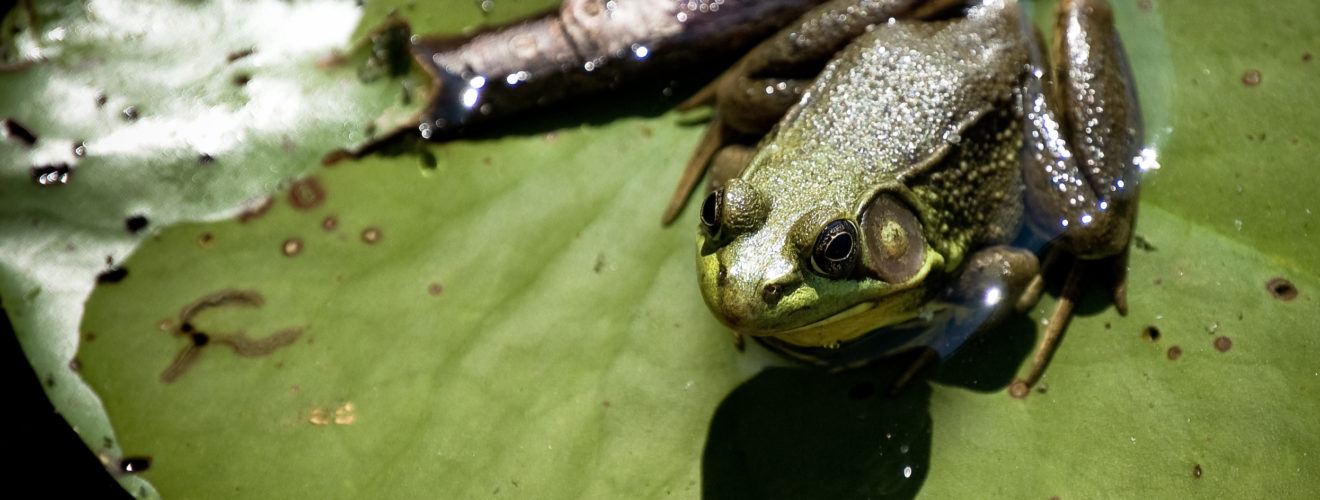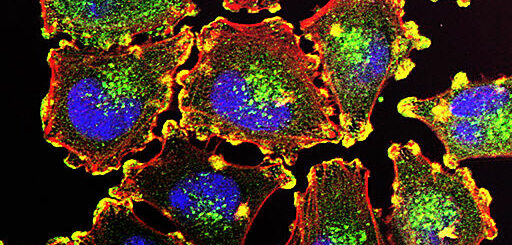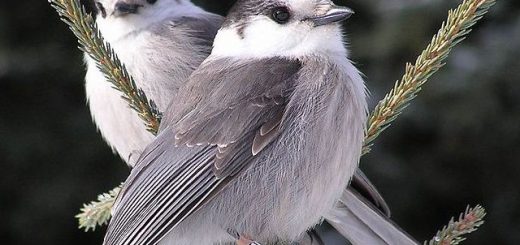The Fungus and the Frog

In May 2018, researchers discovered that the origins of the panzootic fungus Batrachochytrium
As an invasive pathogen, B. dendrobatidis and other chytrids have been reported to affect many amphibian populations. Some of the affected species include the Wyoming toad (Anaxyrus hemiophrys baxteri) in the USA, Monteverde’s golden toad (Incilius periglenes) in Central America, Fleay’s barred frog (Mixophyes fleayi) in Australia, and mountain chicken frogs (Leptodactylus fallax) across the Caribbean Islands. In Europe, a salamander-specific chytrid, Batrachochytrium salamandrivorans, has also recently been discovered. As global imports of European exotic species may extend the spread of the fungus, this poses a threat in North America, an area inhabited by about 675 species of salamanders.
B.
When spores encyst and develop into germlings after settling on the amphibian skin, the cytoplasm divide and amplify in order to create more of them. Once the spores are released through discharge tubes, the sporangia can either remain empty or invite other bacteria on the skin to enter through the same method and replicate inside. What poses a risk for amphibians is when these discharge tubes merge and dissolve the membranes of nearby epidermal cells, opening up in close proximity to the surface and improving spore dispersal efficiency: this leads to infection of more amphibians in the process. Confinement to the skin provokes little-to-no reaction from the host’s immune system against infection, therefore explaining how B. dendrobatidis and the pathogenesis of chytridiomycosis is difficult to study or comprehend.
Since fostering an understanding of the morphology of B.
This infectious agent was once associated with a single lineage called the BdGPL (Global Panzootic Lineage), meaning that is was thought to have inherited its biological characteristics from a specific pathogenic ancestor. However, this was a general assumption and for almost 20 years there was difficulty in precisely determining the fungus’ geographic origin. Theories arose suggesting the source of chytridiomycosis was located in North America, Africa, Japan, and East Asia.
Fisher and his groups’ collaborative effort identified four common genetic lineages of the fungus shared amongst numerous isolate samples from global amphibian populations. He then discovered that the Korean lineage, BdASIA-1, was the one that possessed hallmarks of an ancestor that may have spawned the fungal agent threatening amphibians today. Despite this discovery, they also realised all of those lineages were present amongst animals involved in the commercial trade for medical purposes or as exotic pets.
The overall impact of chytridiomycosis and the causative fungal agents are not limited to amphibians but also to the ecosystems they inhabit. Declines in amphibian populations affect the food chain and community composition within rainforest biomes and other habitats. In a report by Australian Animal Health Laboratory’s Alex D. Hyatt, almost 200 species of amphibians were threatened by the disease and their survival within their natural ecosystem was in jeopardy because of it 4.
Thus, in order to detect clinical signs of chytridiomycosis efficiently, diagnostic procedures such as the real-time TaqMan assay were implemented. This sensitive assay was suggested to hopefully distinguish particular agents, such as B. dendrobatidis, from other microbes on frogskins. Hyatt believed that any protocol that can identify and shed light on the mechanism of chytridiomycosis pathogenesis would contribute to research endeavours and efforts, hopefully diminishing its infectious impact. He suggested to his peers that any future development or improvements in diagnosis should be able to identify B. dendrobatidis and infection prevalence within ‘free-ranging’ and captive populations while demonstrating abilities to monitor the spread and containment of chytridiomycosis itself.
While there is support from research and development, recent studies have shown that some amphibian species are developing host defences against infection as a result of shifts in disease dynamics 5. However, further inquiries would be important in order to confirm if hosts responding against chytridiomycosis is the result of factors within the host or changes in host-pathogen interactions.
Overall, the threat that B.
This article was specialist edited by Kirstin Leslie and copy-edited by Laura Kane.
References
- For reference, please visit the BBC article located at: https://www.bbc.co.uk/news/science-environment-44075687
- For a more detailed illustration of B. dendrobatidis life cycles, refer to: https://www.int-res.com/abstracts/dao/v68/n1/p51-63/
- If interested in understanding the different lineages discovered behind B. dendrobatidis, refer to http://science.sciencemag.org/content/360/6389/621
- Refer to the link for Hyatt’s report: https://www.int-res.com/abstracts/dao/v73/n3/p175-192/
- For more information on the shifts of disease dynamics in tropical amphibians, refer to: http://science.sciencemag.org/content/359/6383/1517
- For more information on an overview of chytrid emergence and amphibian impact, refer to: http://rstb.royalsocietypublishing.org/content/371/1709/20150465










